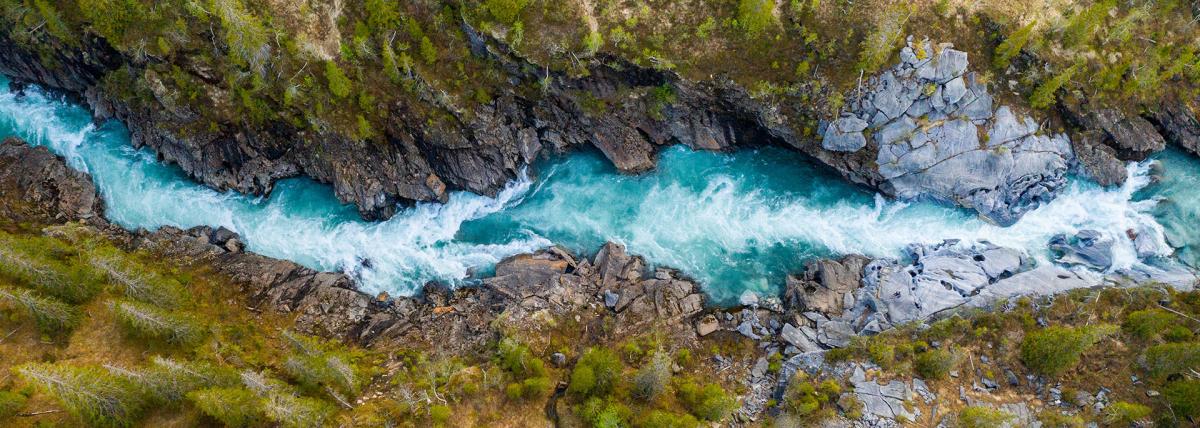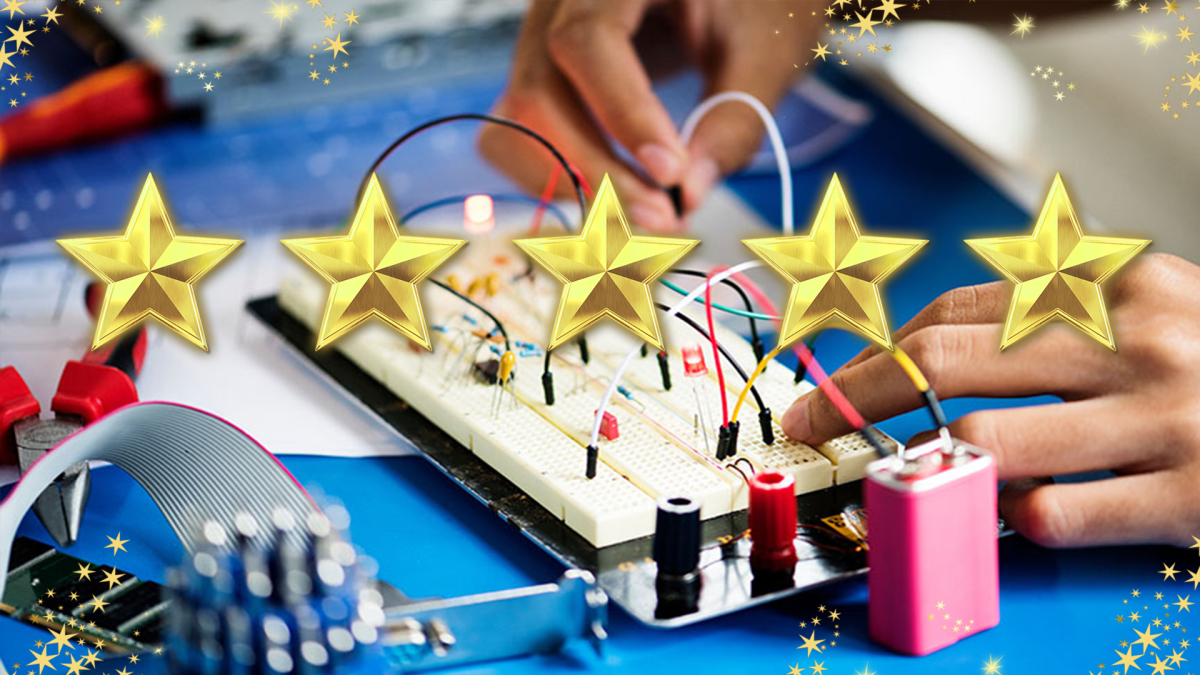In this hands-on lesson, students will explore the water cycle and learn how it works. Students will be able to make their own model and observe the water cycle in class. They create an art piece and
Students will research and understand bird evolution. They will identify the functions of body parts and ecosystems. They will predict evolutionary changes that a specific bird will go through and the
In this lesson, students will understand the impact of oil spills in the ocean. They will work cooperatively to come up with solutions and materials to clean up a simulated oil spill. Students will
In this lesson, students will learn about projectile motion and the factors that affect it by designing and building a simple catapult. Through hands-on experimentation, students will investigate how
This lesson is an introduction to Tangible Coding and Sequencing to model the flow of an ecosystem. This is a hands-on way to incorporate coding and robots with life science concepts. This is a 2-part
This is part of an introduction to EdScratch using Edison Robots. Students will model the flow of an ecosystem. This is a hands-on experience for students to explore life science concepts using
Students will participate in a hands-on scientific experiment that addresses the question: "Can you grow plants without seeds?" To further explore this concept, students will actively listen to a read
This lesson, adapted from NOAA, focuses on tides. Students pretend to be a ship captain delivering materials to a construction company. However, their ship must go under a bridge. Students must find
Students will be learning about adaptation. Students will participate in a project where they will see if seeds can grow in a bag without soil and natural sunlight. They will also compare and contrast
What if we could pass along information that can’t be stolen or intercepted? We can do it with a little coding, and some chemistry! Soon we will be writing in code, passing secret information along
Growing Crystals Part 2 is a unique lesson that has an emphasis on the synthetic growing of crystals in the laboratory. This activity also focuses on investigating the process of how synthetic
Students will research an inventor and their invention. They will explain/present the impact this invention has had on our society. They will think of ways to improve the invention and develop a
This lesson is perfect when celebrating Easter. The students will be engaged in creating a trap for the bunny. The story will be read first and then the magic happens after.
Unveiling unseen forces: Explore magnetism, understanding the mysterious powers at play in our world. Get ready to uncover the hidden forces that guide compass needles, attract objects, and unveil the
In this lesson the students will learn to identify some common household substances whether it is acid or base using red cabbage juice.
In this lesson the students will determine the factors that affect the strength of electric and magnetic forces.
In this lesson the students will explore the formation of rocks as the result of the flow of energy and cycling of matter within Earth.
This plan is meant for 3 days of work. Two books go with this plan. Two types of model rockets are included in this plan. Discussions and entries into a STEM Notebook are part of this plan.
Students have a book to read about the three states of matter. Students experiment with the three states of matter of water. They record their observations in their STEM notebook. Students look at a
Students work as engineers using the Engineering Design Process to design and create a parachute that will safely land a "rover" on Mars! This STEM activity uses easy-to-gather materials for parachute
Students get to discover the relationship between solutes and solvents in relation to concentration. As an inquiry based lab, students will mix their own concentrations of Kool-Aid or other powdered
This is a lesson that engages students to critically read informational text, construct an argument with evidence, and engage in academic discourse about the nature, living or non-living, of viruses
Featured Lesson Plans
Check out these notable lesson plans.

This lesson plan has three main objectives. The first is that students will be able to recreate a map of the canal with 3D structures along the way. The largest structure being Casa Grande, or the

Makey Makey with The Bionic Kid
Imagine how cool it would be to build a video game controller out of bananas! In this engineering design challenge, you will learn how to use everyday items and a Makey Makey kit to design a

This lesson combines ELA (reading and discussing the story), engineering (design a balloon with materials given and attach the balloon to an EdBot), and technology (code an EdBot to run the parade


